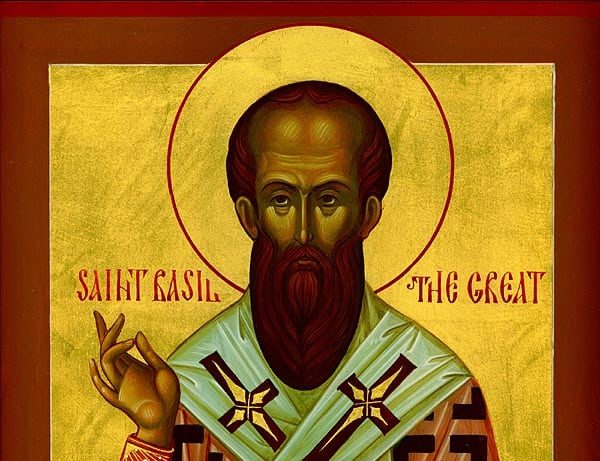Saint Clement 1st C. Pope
Saint Clement is a bit of a mystery. He lived so long ago that little is known about him. He is believed to be the second or third Pope. St. Peter himself may have ordained Saint Clement. He is prayed to, however, at every Mass. Eusebius, in his book Church History, said Saint Clement was the third bishop of Rome and was the “co-laborer” of Paul.
In Against Heresies, Irenaeus described Saint Clement as the successor to Anacletus, who was the third bishop of Rome, and as a personal acquaintance of the Apostles. That would make him the fourth Pope. According to the Annuario Pontificio, Saint Clement was the fourth bishop of Rome, holding office at the very end of the 1st century. Have you heard of Saint Clement?

Saint Clement Biography
We do not know exactly when or where Clement was born. Though he was certainly born around the Year 30 and he was born somewhere in the Middle East. It is likely that he died in exile and may have been martyred. According to stories dating back to the 4th century by authors such as Rufinus, Saint Clement was imprisoned by Roman Emperor Trajan and was executed by being tied to an anchor and thrown into the sea. The Liber Pontificalis states that Saint Clement died in Greece in the third year of Trajan’s reign, or 100.
The only known genuine extant writing of Saint Clement is his letter to the church at Corinth in response to a dispute in which certain presbyters of the Corinthian church had been deposed. He thus differs from other saints of long ago who have extensive writings. This letter is one of the oldest church writings. It is about the age of the New Testament.
It is not known if Saint Clement was the second, third, or fourth Pope. In the mix were Linus, Cletus, and Anacletus. A tradition that began in the 3rd and 4th centuries has identified him as the Clement that Paul mentioned in Philippians 4:3, a fellow laborer in Jesus Christ. So, we know he was significant.
A large congregation existed in Rome c. 58, when Paul wrote his Epistle to the Romans. Paul arrived in Rome c. 60 according to the Acts of the Apostles. Paul and Peter were said to have been martyred in Rome. The Emperor Nero persecuted Catholics after Rome burned in 64, and the congregation may have suffered further persecution under Domitian (81–96). Saint Clement was the first of early Rome’s most notable bishops.
Not only did Saint Clement write an epistle, but epistles were written to him. In these famous epistles, many church doctrines are defined. Among the central tenets of the Catholic faith, we now take for granted are topics as diverse as the theology of the early church and the vicinity of the Blessed Virgin Mary. They are fundamental.
Clement is also the hero of an early Christian romance or novel that has survived in a couple of different versions, known as the Clementine literature. He is identified with Emperor Domitian’s cousin Titus Flavius Clemens. Clementine literature portrays Clement as the apostle’s means of disseminating their teachings to the Church.
Clement’s name is in the Roman Canon of the Mass. He is commemorated on 23 November as a pope and martyr in the Catholic Church as well as within the Anglican Communion and the Lutheran Church. He is commemorated in other churches on November 24th or 25th. The St Clement’s Church in Moscow is known for its glittering Baroque interior and iconostasis, as well as a set of gilded 18th-century railings. The parish was disbanded in 1934, and the original free-standing gate was demolished. The Lenin State Library stored its books in the building throughout the Soviet period. It was not until 2008 that the building reverted to the Russian Orthodox Church.
Conclusion
Clement was one of the founding fathers of the Catholic Church. Were it not for people like Clement and the apostles, we would not have a Catholic church. It is rumored that Clement was martyred in Rome at a time when the Roman Empire persecuted Catholics. We are pretty sure he was thrown into the sea with an anchor around his neck. In works of art, Clement is depicted in water, with an anchor around his neck.







